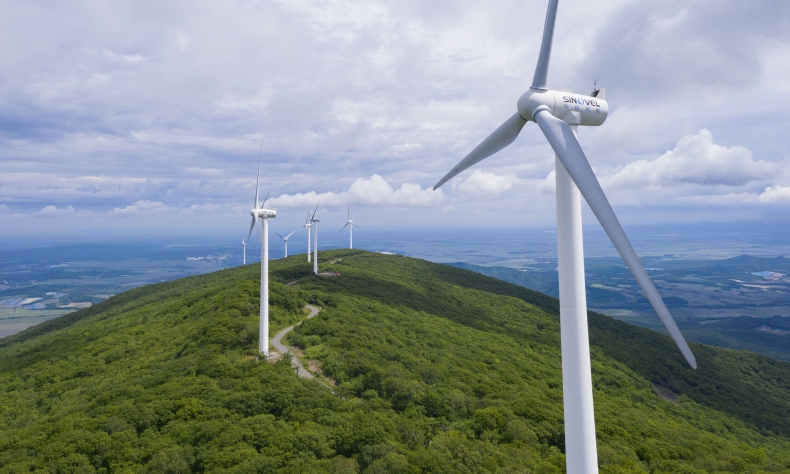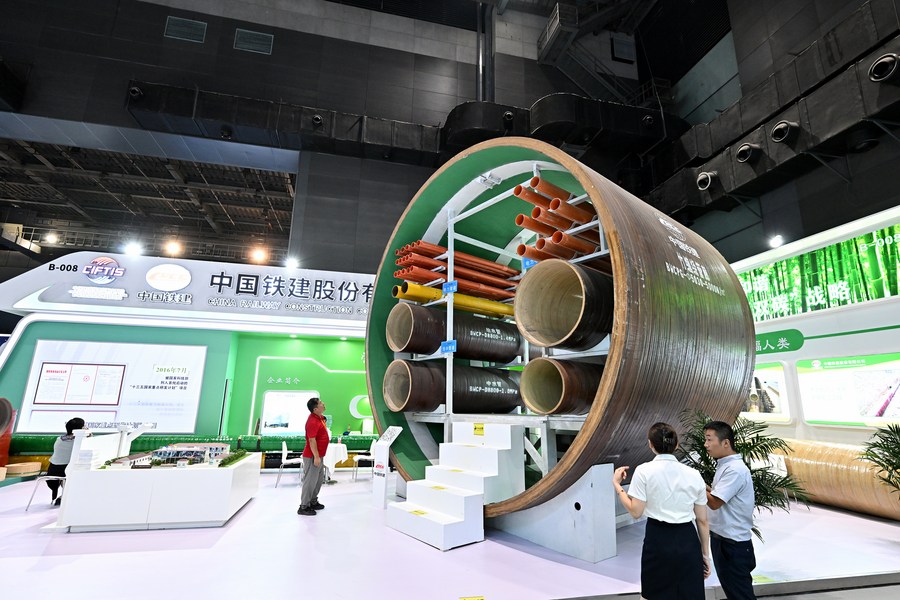Green Technologies at the Heart of China’s Development

The continued advancement of high-tech green industry infrastructure can give China a competitive edge in a rapidly changing global development landscape.
Beijing’s firm embrace of high-tech green industries is poised to transform its future growth and development trajectory. This shift is evident in China’s ongoing investment in high-growth sectors such as new energy vehicles, and the realization that traditional drivers of growth could face headwinds in a world where resource flows, technological prowess and market adaptability are in a constant state of flux. Thus, high-tech green industries provide new incentives for industrial competitiveness, support ongoing efforts for labor force expansion, and ultimately, ensure a high-quality standard of development based on future growth drivers.
First, China is heavily investing in cutting-edge green technologies, effectively enabling fast-growing domestic industries to align with globally competitive innovation standards. This investment spans a variety of products, including electric vehicles, batteries and renewable-energy equipment, placing China at the forefront of the green energy sector. It is also estimated that other drivers of growth innovation, such as photovoltaics and lithium-ion batteries, will position China as a melting pot for local and foreign investors alike, powering its high-quality economic transition in the process.
This all reflects positively on China’s long-term development, especially given the vast international market potential for electric vehicles, batteries, and renewable energy equipment.
Moreover, the broad applications of China’s high-tech green industries significantly contribute to development. From applied innovation in drinking water treatment to smart land management and the recycling of batteries and fuel cells, there is a vast array of areas where green technology progress can enhance people’s lives.

Government initiatives have also focused on leveraging these technologies to evolve, transform, and enhance China’s traditional growth sectors, creating a win-win formula for future economic transformation. Local governments have been encouraged to consider their own resources, industrial foundations, and scientific research capabilities when promoting the development of new industries, models, and growth drivers. They have also been urged to adopt new technologies to transform and upgrade traditional sectors into more high-end, intelligent, and green industries.
Interestingly, the strong connections between industry and research are adding to a future of transformative gains, considering China’s 20-year rise as a leader in green technology research. Estimates also show that Chinese companies are responsible for supplying well over two-thirds of global battery cells and hold nearly a 60% share of the electric vehicle battery market.
Put those strengths into perspective. China’s vast export, production, and supply dominance make its green technology transition an important lever for long-term domestic growth. Well-established supply, manufacturing, and research enterprises strengthen the case for sustained domestic employment and support government plans for market expansion. Beijing is already on course to develop a reliable, solid-state battery supply chain by the end of this decade, indicating a long-term vision that informs effective leadership and economic stability in niche areas.
Therefore, the continued advancement of high-tech green industry infrastructure can give China a competitive edge in a rapidly changing global development landscape. This makes future gains highly promising for its people and their well-being.
Hannan R. Hussain is a foreign affairs commentator, author and recipient of the Fulbright Award.
 Facebook
Facebook
 Twitter
Twitter
 Linkedin
Linkedin
 Google +
Google +










